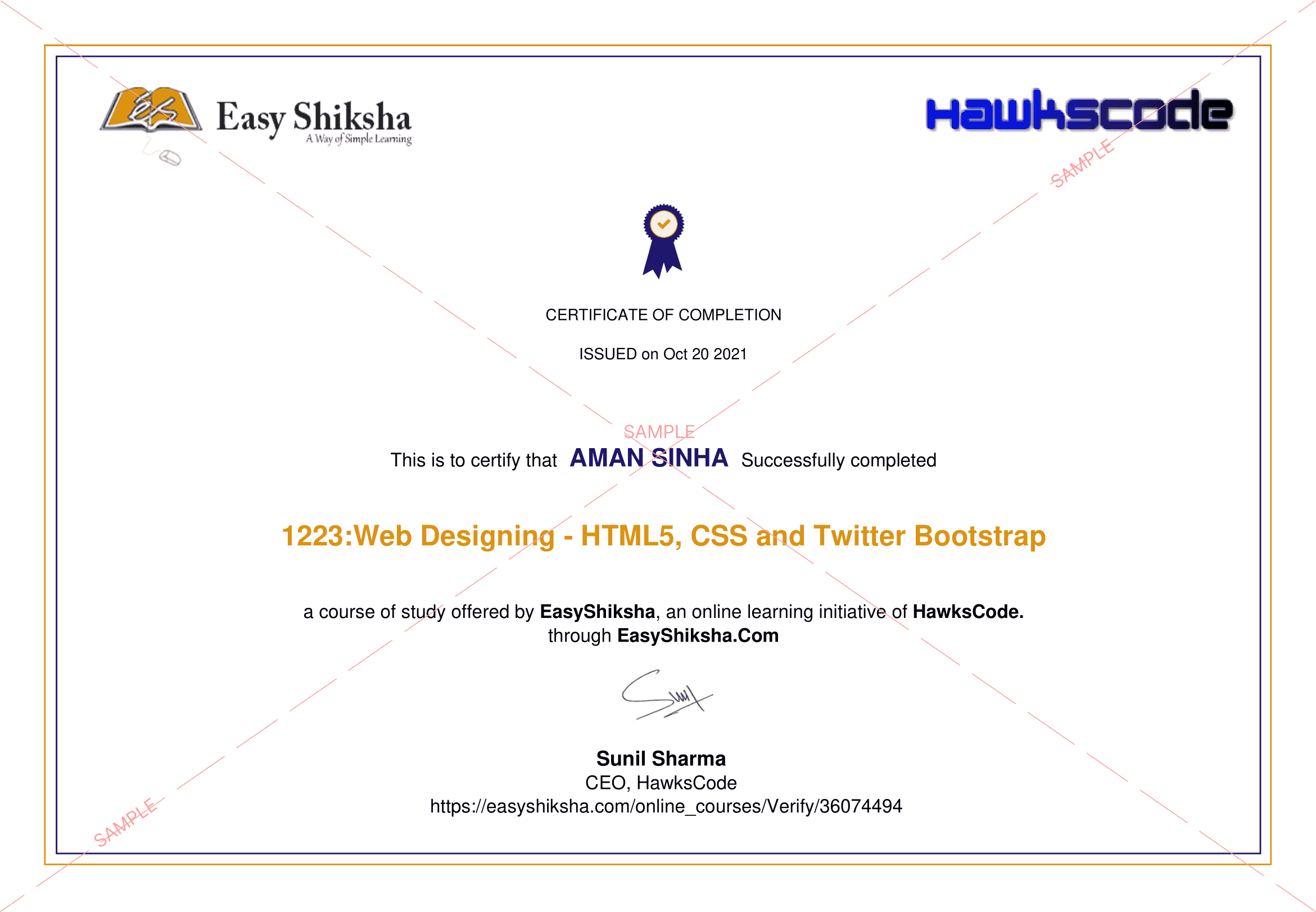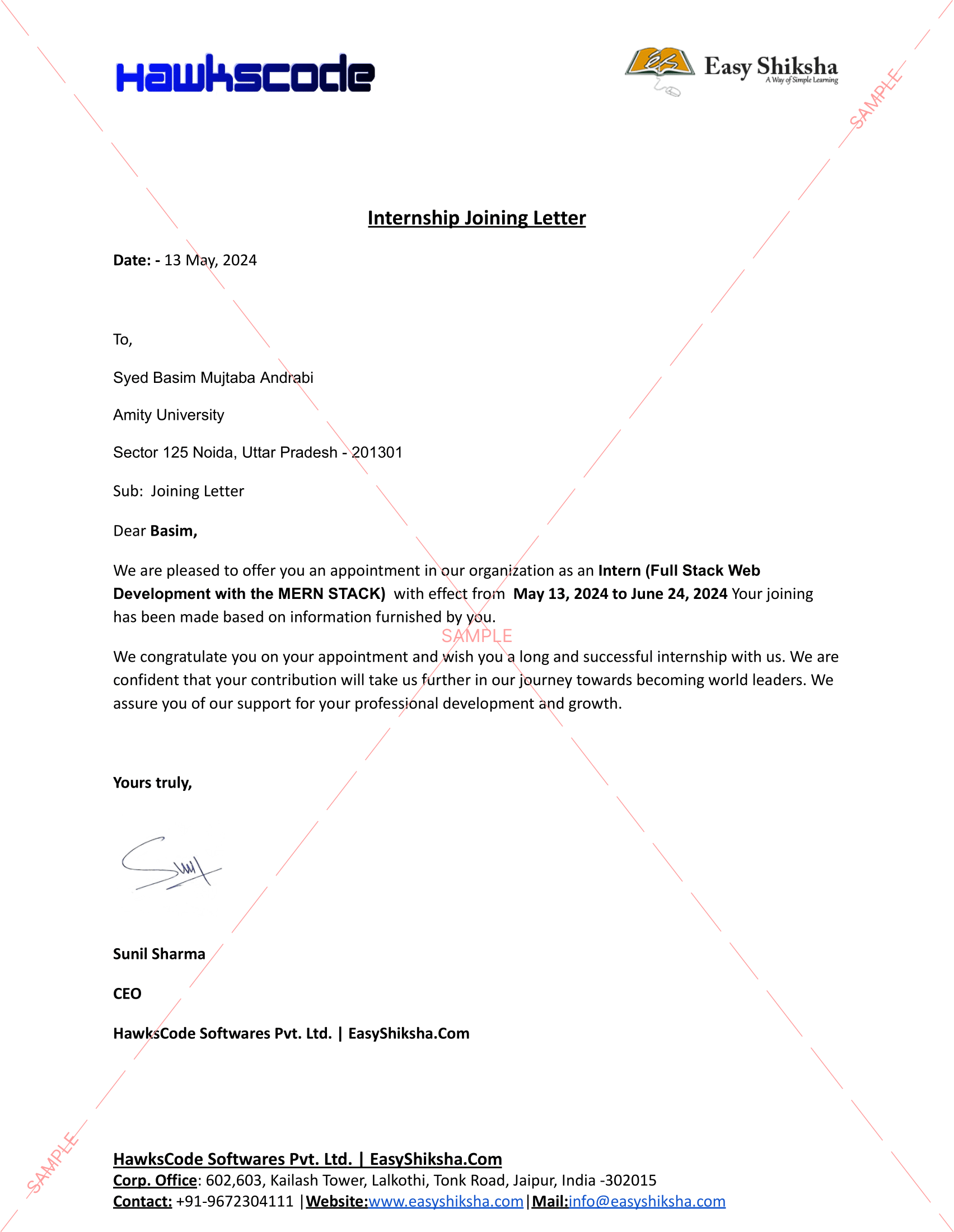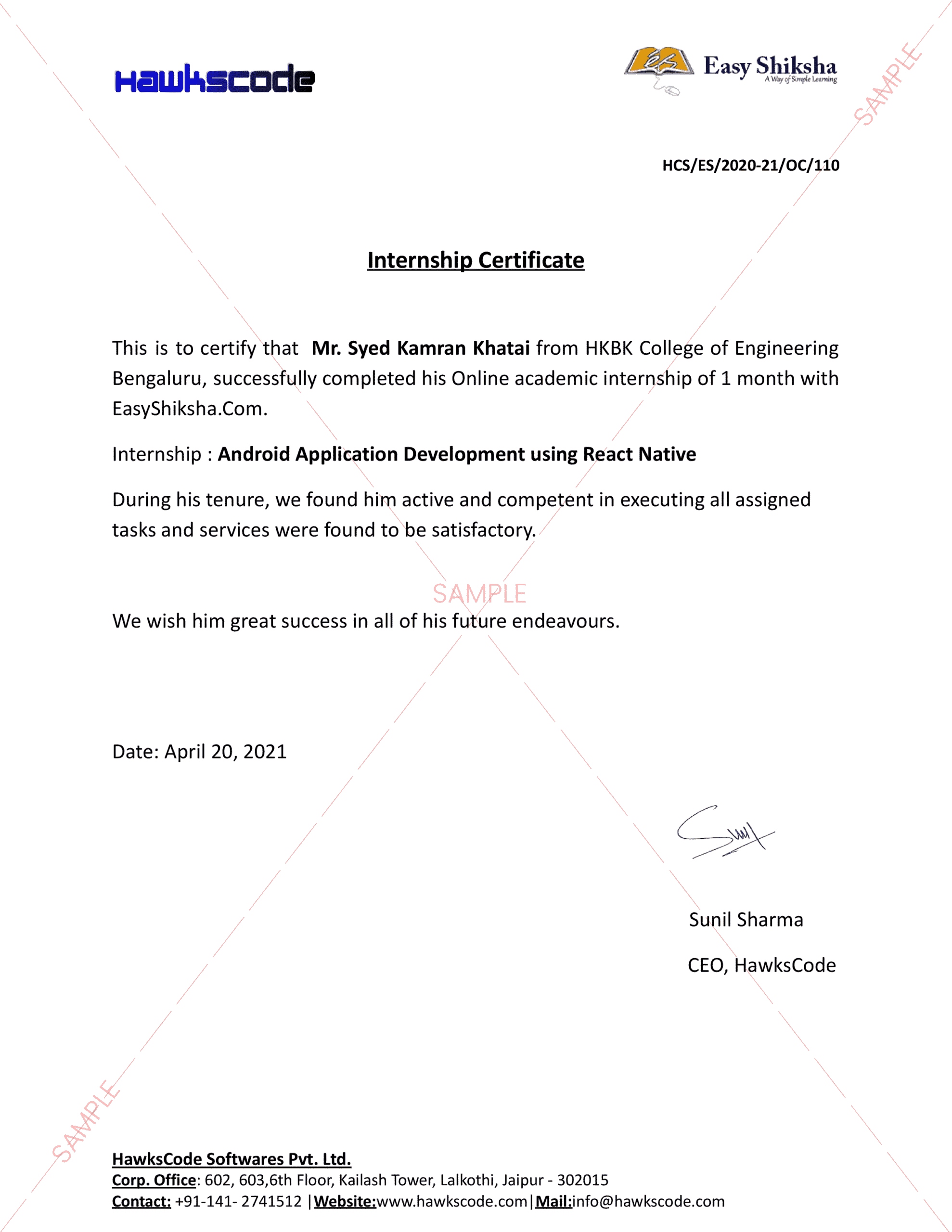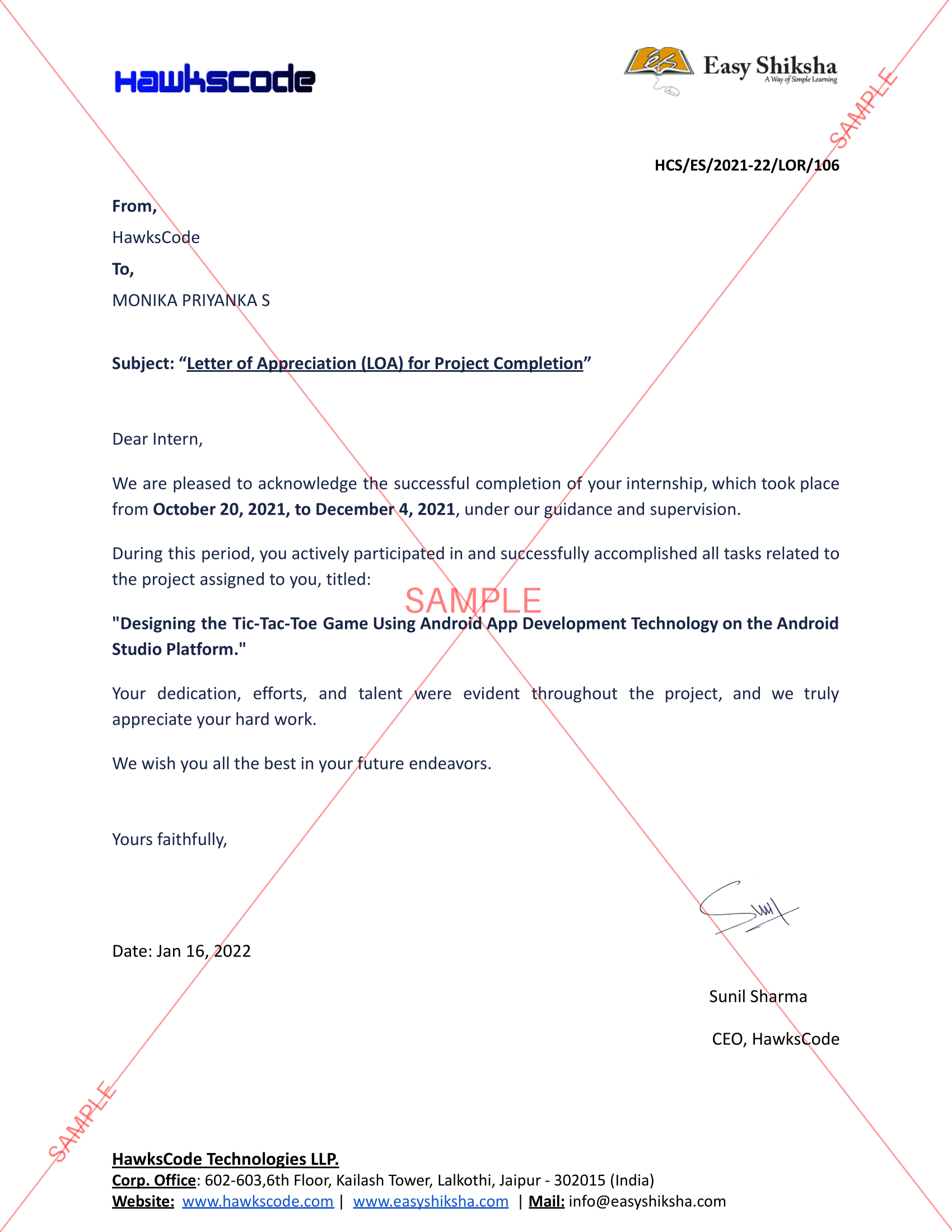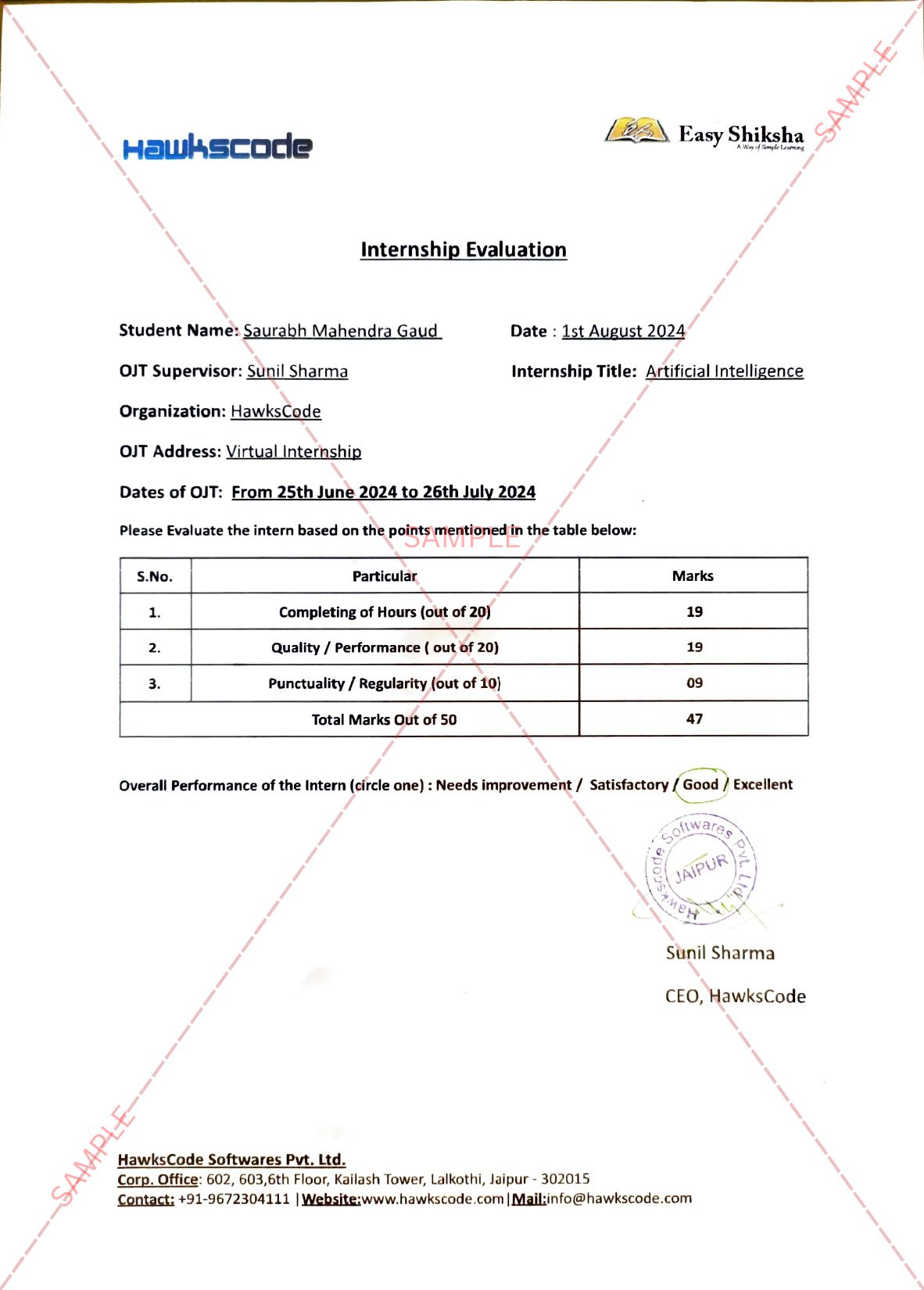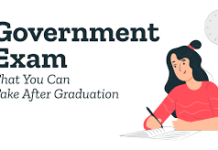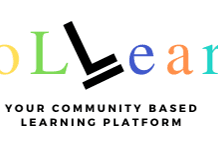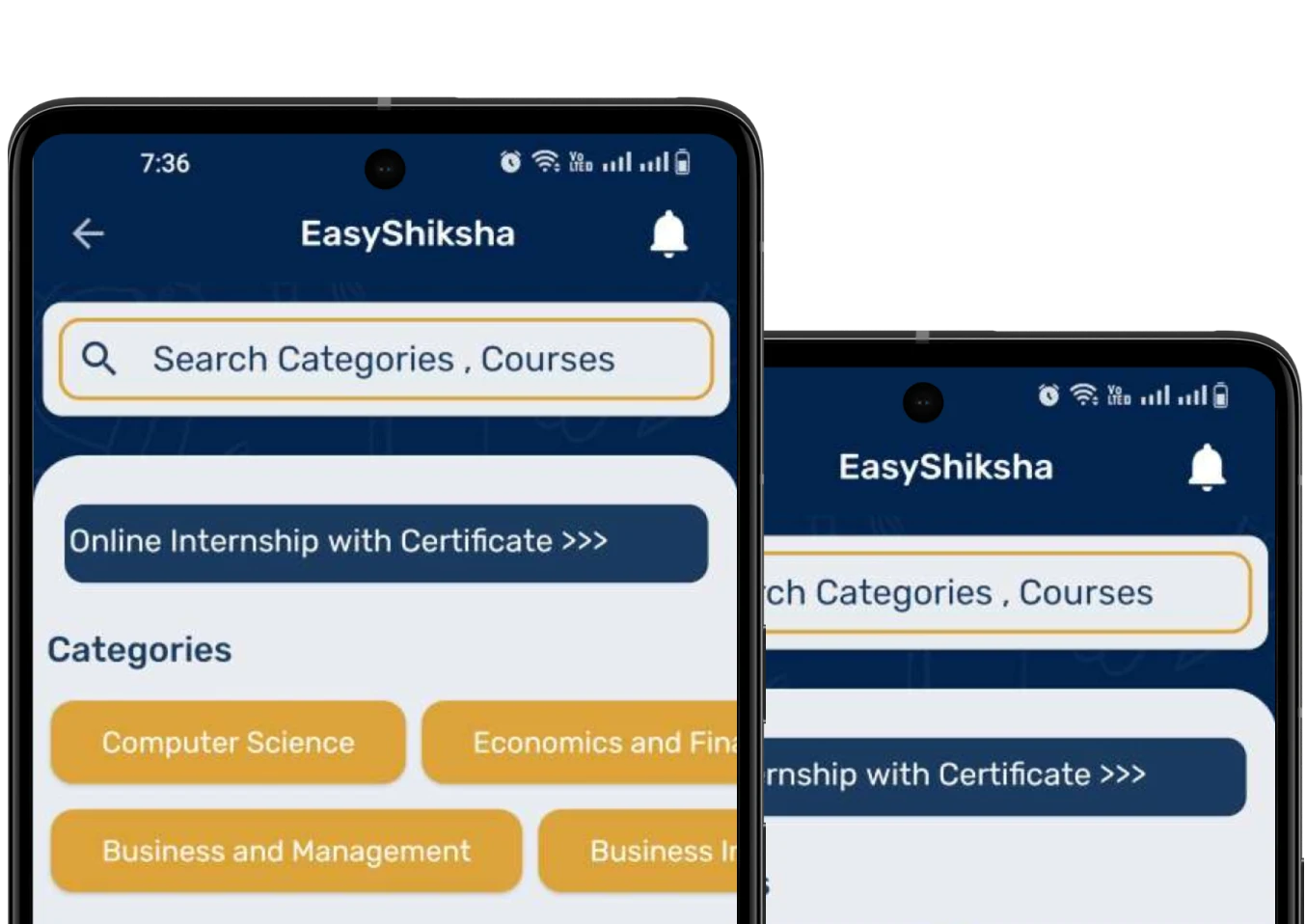By Mr Gaurav Batra Founder & CEO Infinite Group
For many students, the I-20 form was the first step for international students who want to study in the U.S. It symbolised opportunity but it also carried the stress of endless paperwork and visa interviews. Now the U.S. immigration landscape is evolving in a major way. The recent policy changes are making the process more dynamic and accessible. They are providing students with fresh avenues to pursue their education in the United States. These shifts are transforming the way students tend to envision their studies and build meaningful careers.
Also Read: Bridging the Skill Gap in BFSI: Can Industry-Integrated Education Be the Answer?
Top Courses in Project Management
Access to Better Opportunities, Careful Choices
For students, what these shifts mean is that enrolment strategies and support systems would be reshaped in ways that better serve their goals. Since institutions seek learners whose skills and aspirations are more in alignment with U.S. industry needs, students get more access to opportunities that are designed while keeping their future in mind. This makes education feel more purposeful; it smoothens the path from campus to career.
Also, this shift is making students pursue their dreams differently. They’re planning their futures with strategy in mind and are carefully choosing programmes. Also, they are consciously going for courses that feel more career-driven and are grounded in real-world possibilities. Learners don’t want to select options that just sound good academically anymore. They are keen to take up paths that lead to long-term career opportunities and success.
Seamless Pathways from Learning to Earning
With the new changes, there are certain programmes in the U.S., such as Optional Practical Training (OPT) and the STEM OPT extension, that are providing international students with different ways to get hands-on experience. This is not just about making their résumé look better. It’s about building practical skills and testing themselves in the workplace. It is also about strengthening their career prospects in a very tangible way.
Due to the policy changes, the shift from student visas to work visas and the H-1B processes has become a little smoother. Authorities have cut down some bureaucratic hurdles. Graduates can now stay in the U.S. much more easily after completing their education. This gives them the chance to build professional success that is fulfilling and that goes far beyond classroom achievements. This allows them to contribute to U.S. innovation too.
 Online Courses with Certification
Online Courses with Certification
Looking Ahead: A Bright Future for International Students
As the U.S. navigates the complexities of immigration reform, there is one thing that hasn’t really changed. The country has always committed itself to attracting international talent and nurturing it in major ways. On the ground, universities in the U.S. are stepping up with stronger support systems like orientation programmes, cultural exchange initiatives, and career counselling. These initiatives play a role in creating ways to protect student dreams and make them feel valued. Universities are able to build better environments where international students can thrive when academic goals work together with a great sense of cultural belonging and clear career pathways. It enables students to see the U.S. as an important launchpad that would help them to transform their ambitions into a reality.
Get Some Courses: English Grammar Perfection , Binge-Free Healthy Lifestyle Diet
